The majority of people with diabetes use a glucose meter to monitor their blood glucose levels. Fortunately, checking the blood glucose level is simple, but there are a number of things to pay attention to. In this article we describe some tips and best practices to make measuring glucose as easy as possible.
Of course, tools are needed. Think of meters, test strip, lancing device and lancet. This four unit actually always goes together. You prick the finger with the lancing device and lancet, releasing a drop of blood. Then hold this drop against the appropriate side of the test strip that is attached to the glucose meter on the other side. Within a few seconds you will see the glucose level. Simple of course, but the result of a measurement can differ greatly if the actions are not carried out correctly.
Also measure your blood sugar level if you do not yet need to inject insulin. This is often the case with type 2 diabetes. This group is often prescribed medication or given advice on diet and exercise. Nevertheless, it is important to understand the value of blood glucose in the body. Measuring = knowing!
Glucose meters
Choose a glucose meter that you find most comfortable to use. Read more about one choose glucose meter. What may be a clumsy device for one person may be easy to use for another. In addition to ease of use, you should always pay attention to the quality mark and quality control of the device. An accurate and reliable measurement is essential for every diabetes patient. Read the glucose meter manual carefully or ask your doctor for information. Over time, the device's results may become less accurate. The reliability of the glucose meter can be checked using calibration fluid. This liquid – which is applied to a test strip – can check for abnormalities in the device.
Clean hands
It is important to wash your hands with soap and water and dry thoroughly with a clean cloth before pricking. Even when you really don't feel like it. It will have to become a routine. It is possible that there is still sugar from food and drinks on your fingers. For example, by eating fruit. As a result, it mixes with the pricked drop of blood. As a result, a much too high glucose value may suddenly appear on the diabetes meter and you may inject more insulin than necessary.
Touch test strip
Also pay attention to holding the test strip before inserting it into the glucose meter. On one side of this strip is a sensor that is connected to the glucose meter. If you touch this sensor with fingers that are still dirty, an unreliable result may result. Therefore, attach the test strip with clean fingers. Hold the test strip halfway between your thumb and index finger and insert it into the glucose meter this way.
New lancet
Always use new ones lancets (needles). This prevents blood from the previous time from being tested. The lancet is also sharper, which prevents you from having to prick multiple times for a drop of blood. And finally, it prevents infections. When you prick for the first time, it is wise to set the depth of the needle to halfway. You can then decide for yourself whether you are puncturing deeply enough or not. But be careful not to poke too deep. This can lead to wounds and calluses.
Insert a drop of blood
Prick a little more on the side of the fingertip. This is less painful. The skin in the middle of the fingertip is more sensitive because there are more nerves. Moreover, this part of the skin will become thicker over time, especially if it is pricked a lot. As a result, it becomes more difficult to pierce the skin. Yet it is different for every person. It is not always possible to draw blood easily from the side of the fingertip. Then try another finger. Do not press your finger to squeeze out a drop. In that case, body fluid is also involved, so it will not provide an accurate and reliable result. It is better to stimulate blood circulation by massaging the bottom of the finger.
It may happen that you are somewhere where you cannot puncture optimally or, for example, cannot wash your hands. For example, while exercising, in the car or during a long walk in nature. Your hands will be covered in sweat and dirt and therefore an unreliable result may occur. In that case you can take blood samples twice. Wipe away the first drop with a clean tissue. You can then use the second drop for testing. The same goes for using alcohol to clean your fingers. There is a chance that residues of alcohol will mix with the blood drop. Therefore, wipe your fingers clean after using alcohol and use a second drop of blood.

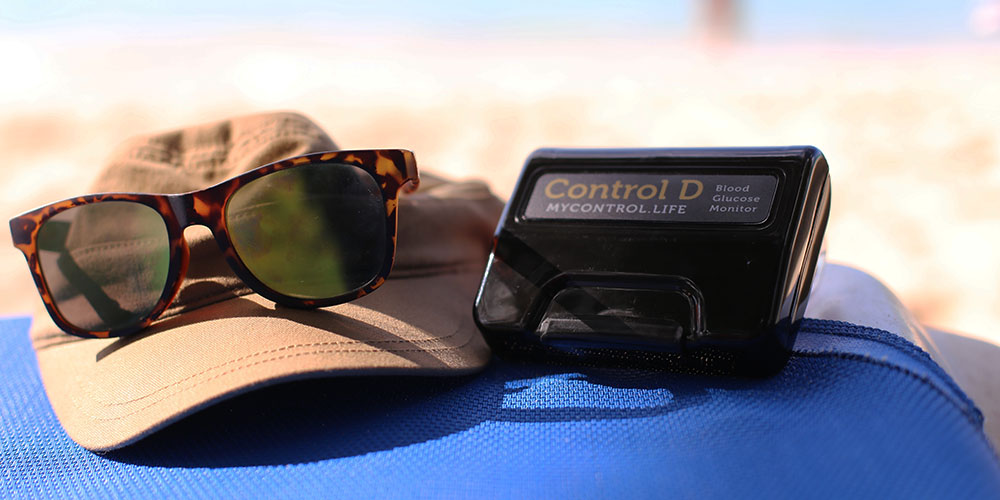
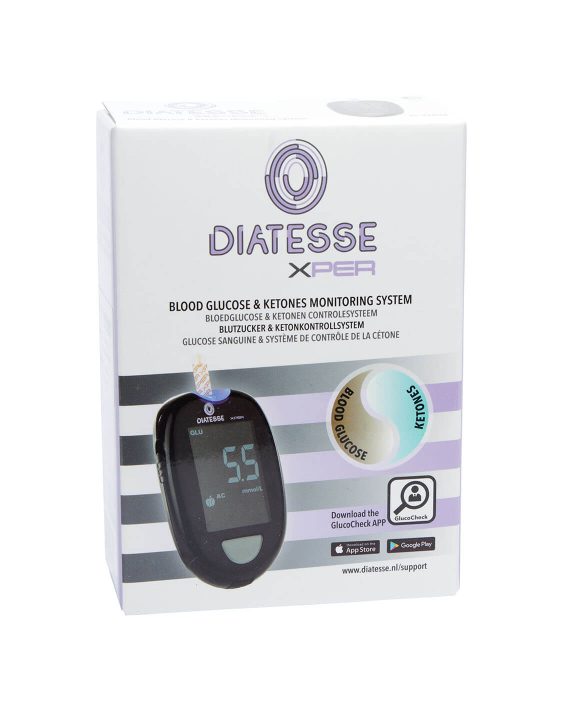
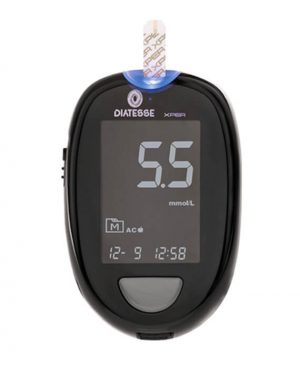

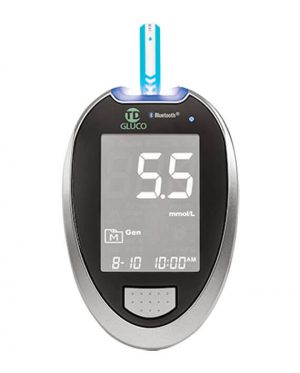
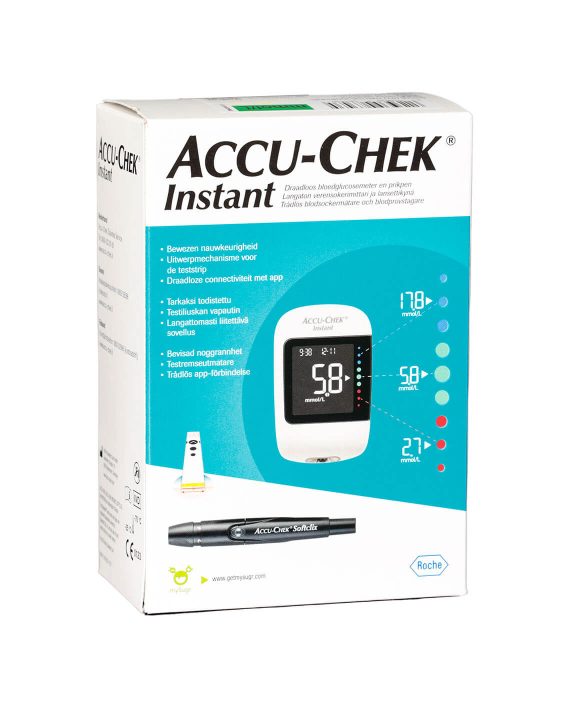
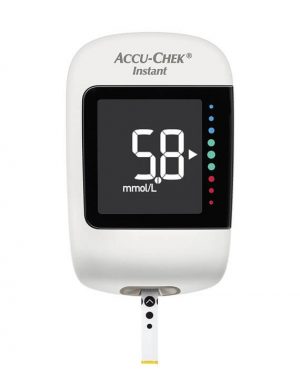
I also have a blood sugar meter that goes on the finger, just like an oxygen measurement of the blood, so you slide it around the finger and it measures your blood sugar level. It probably comes from Italy, or so I was told in the UMC in Rotterdam. Please answer if it is also for sale here
Dear Marius, this model means nothing to me. Do you have more information about the product? Or a brand?
Recently diagnosed with diabetes and therefore needing injections. What really strikes me is that if you take multiple measurements one after the other (for example in different fingers), the blood sugar value can differ considerably. Once 7.5, immediately afterwards 9.9. I tested this on several days (pricks a few times in a row) and it's the same thing every time. In my opinion, that says everything about the reliability of the measured blood sugar value! What can you actually rely on?
Tom, my experience isn't much better. Very variable, even after testing twice in quick succession. I wonder if stress might have nothing to do with this. People want to know and in my opinion that falsifies the result. To be taken with a grain of salt, those tests. Shame.